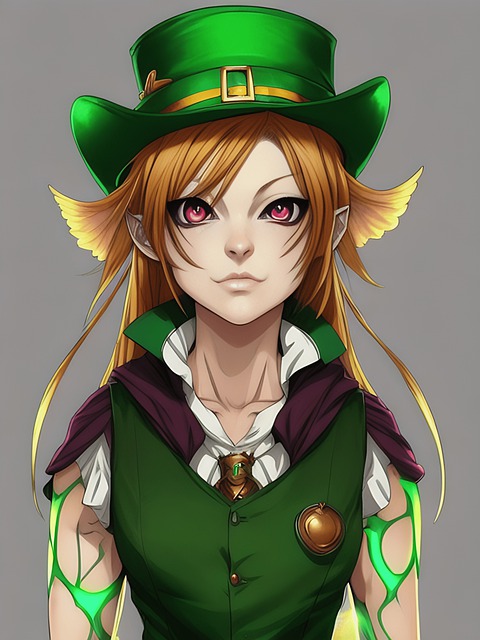
Embracing the digital realm, artists are perpetually pushing boundaries to achieve realism in their creations.
This article unveils the 12 secrets of bringing life to your digital canvas.
We'll delve into fundamental techniques, explore the role of observation, lighting, color theory, and texture in creating realism, and learn how to effectively use digital tools.
Whether you're a novice or a seasoned artist, these insights will guide you in overcoming challenges and continually improving your digital artistry.
Understanding the Basics of Digital Painting
To fully grasp the intricacies of digital painting, it is crucial to first comprehend the fundamental principles that form the backbone of this expansive art form. The journey begins with the apt selection of digital art equipment. High-quality graphic tablets, styluses, and computers with excellent processing speed are instrumental in creating intricate digital artworks.
Subsequently, the right software plays a pivotal role. Programs like Adobe Photoshop, Corel Painter, and Procreate offer a wide array of tools and features that can cater to your unique artistic needs. With a myriad of options available, it's essential to choose software that aligns with your skill level, style, and budget.
These Software Selection Tips will guide you in making an informed decision to push your digital artistry to the next level.

The Role of Observation in Realism
Drawing from life and keenly observing the subtleties in light, texture, and color, an artist can imbue a digital canvas with a degree of realism that transcends the medium's inherent digital nature. Observational accuracy is the cornerstone of this process, a meticulous exercise of capturing every detail to create a convincing representation of reality.
Realism challenges the artist to go beyond mere replication, instead requiring a thorough understanding of the subject's form, weight, and how it interacts with its environment. However, the reward for this rigorous approach is a digital artwork bursting with life and authenticity.
As we advance in our exploration of digital painting, let us remember the vital role of observation, a critical tool in our quest for realism.
Mastering the Art of Lighting and Shadows
Both the subtlest hint of light and the deepest shadow play pivotal roles in creating a sense of depth and form in digital painting, thereby adding a touch of realism to the piece. Accurately portraying these elements can be complex, but with a keen understanding of shadow manipulation and light source positioning, an artist can significantly enhance the believability of their work.
To achieve this, consider these three key strategies:
Defining Light Sources: Identifying the position and intensity of light sources will determine the distribution of light and shadow across your canvas.
Shadow Manipulation: Careful manipulation of shadows can give objects form, depth, and texture, making them appear more realistic.

Balancing Light and Shadow: Balance is central to creating a harmonious composition. Overly harsh or soft lighting can disrupt this balance and diminish the realism of the piece.
The Importance of Color Theory in Digital Painting
Frequently underestimated, the application of color theory in digital painting is a critical aspect that can substantially enhance the depth, mood, and overall realism of a work.
The correct use of color blending can evoke powerful emotions and create dynamic visual effects, while the process of hue selection can offer a more precise control over the aesthetic balance of a piece.
It is through these innovative techniques that artists can bring their digital canvases to life, transforming flat images into multidimensional works of art.
Understanding color theory is thus not merely a supplementary skill, but a fundamental aspect of digital painting that can dramatically affect the outcome of a piece.
Exploring this vital element can unlock unparalleled depths of creativity and realism.
Techniques for Creating Realistic Textures
Texture, an essential element in creating realism in digital painting, can be manifested through various techniques.
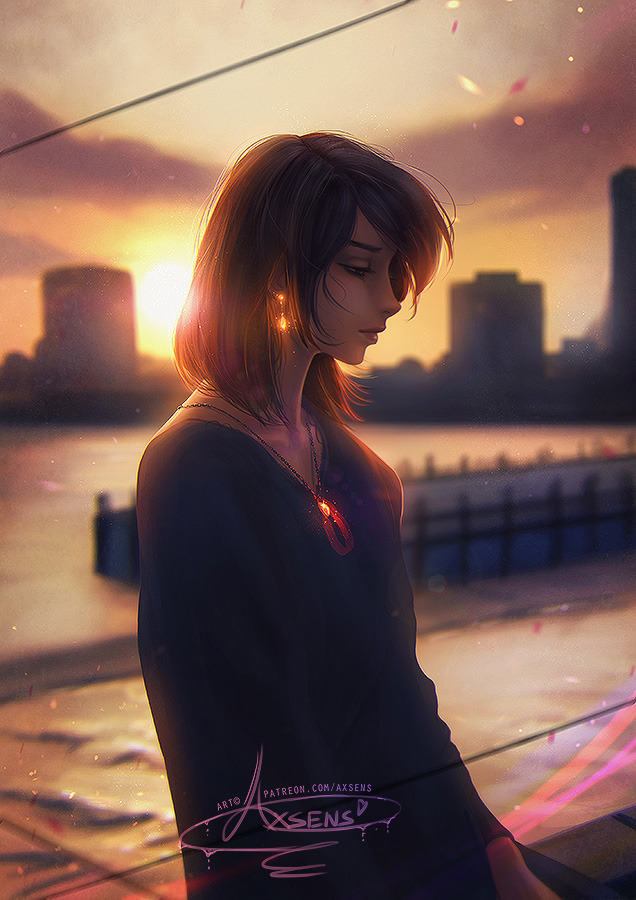
The understanding of texture basics, the appropriate use of brushes and layering, as well as keen observation and replication of real-world surfaces, can significantly enhance the believability of the artwork.
Let us now proceed to explore these pivotal strategies that will enable us to imbue our digital canvases with lifelike textures.
Understanding Texture Basics
Mastering the art of rendering realistic textures is an essential skill in digital painting that can bring unparalleled depth and life to your work. It requires an understanding of texture variation and blending to create a believable representation of the physical world.
Texture Variation: This refers to the differences in the surface quality of objects. By carefully observing and replicating these variations in your digital painting, you can create a more convincing image.
Texture Blending: This technique involves merging different textures to create a unique and realistic surface. It's about finding the right balance and harmony between different textures.
Observation: This is the key to understanding texture. By studying real-life objects and surfaces, you can better understand their texture and replicate it in your digital painting.
Brushes and Layering
How, then, can the use of brushes and layering techniques enhance the realism of textures in digital paintings, and what are the best practices to follow in their application?
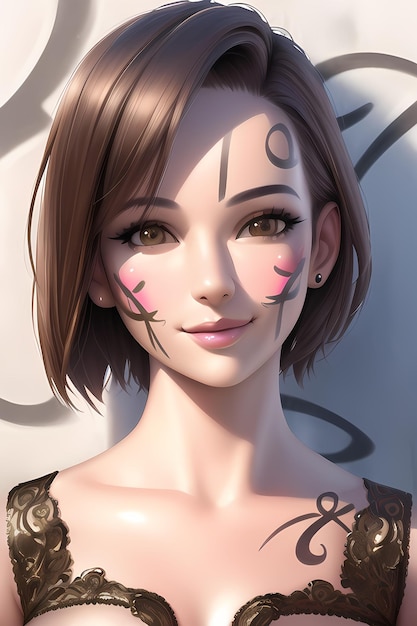
Masterful manipulation of brush stroke techniques can mimic the natural variations in texture found in real-world objects, from the rough bark of a tree to the sleek shine of silk. Selecting brushes with different hardness, size, and flow will allow for more precise control.
Layering, on the other hand, adds depth and complexity. Layer blending methods, such as overlay, multiply, or soft light, can help create realistic lighting and shadows, enhancing the three-dimensionality of the texture.
Observation and Replication
The practice of observation, a critical skill in the artist's toolkit, and its application in the replication of textures, play a vital role in achieving realism in digital painting.
This process involves perceptive sketching and artistic experimentation, both integral in creating realistic textures.
Perceptive Sketching: This technique involves studying your subject closely, noting the tiniest details. It's about capturing the essence of the texture, whether it's the ruggedness of a tree bark or the smoothness of a marble surface.
Artistic Experimentation: Don't be afraid to try different techniques and tools. Experimenting allows you to discover new ways of replicating textures, adding depth and realism to your work.
Observation and Replication: Continual observation of your subject, combined with persistent practice in replicating what you see, refines your skills and enhances the realism in your digital paintings.
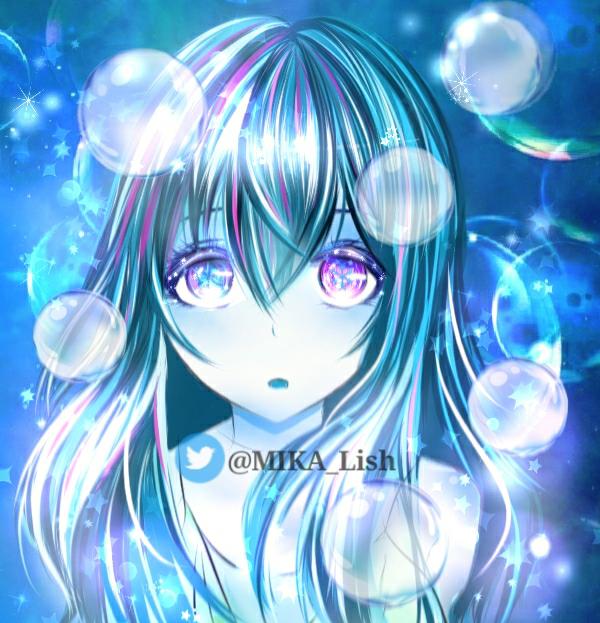
The Power of Details in Digital Artistry
In the realm of digital artistry, the power of details is an instrumental aspect that contributes to the lifelike quality of an artwork.
It is imperative to understand the role of texture, the techniques of detailing, and the fine balance between macro and micro details.
As we navigate this subtopic, we will unravel the intricacies and nuances of these elements, exploring how they together breathe life into a digital canvas.
Texture's Role
While an overall structure and color palette can set the stage for a digital painting, it is often the intricate details of texture that breathe life into the piece and propel it towards realism. This process usually involves two key methods: texture mapping and surface manipulation.
Texture Mapping: This technique involves superimposing a pre-designed texture onto a flat surface or an object in the digital canvas, adding depth and richness to the piece.
Surface Manipulation: This involves manually altering the surface of the digital canvas, carving out intricate patterns, and adding subtle details to mimic the tactile feel of real-world elements.
A Combination of Both: A combination of texture mapping and surface manipulation can often yield the most realistic results, creating a truly immersive digital artwork that engages the viewer's senses.
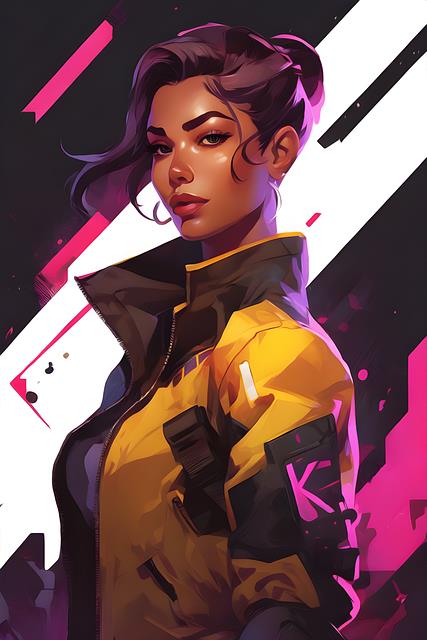
Detailing Techniques
Harnessing the power of detail in digital artistry necessitates an understanding of various detailing techniques that can transform a simple digital painting into a realistic masterpiece. Among these techniques, overcoming texturing challenges is paramount. Texturing breathes life into flat images, making them three-dimensional and visually engaging. It requires meticulous brushwork, understanding light reflections, and blending colours to create an illusion of depth and tactility.
Meanwhile, artistic software selection plays a crucial role in the detailing process. Different software offer various tools and functionalities that cater to the needs of digital artists. Choosing the right software can help artists effectively manage layers, control brush strokes, and apply filters to achieve desired detailing effects.
Therefore, mastering these techniques can significantly enhance the realism in digital painting.
Macro Vs Micro Details
Balancing macro and micro details effectively enhances the depth and believability of a digital painting, but it also demands a keen eye for observing and capturing even the most minute elements of a subject.
To create a stunning visual narrative, consider these three factors:
Digital Brushes Selection: The right choice of brush can make a difference in conveying texture and form. Experiment with various brushes to discover what best suits your subject matter.
Efficiency in Strokes: A well-placed stroke can communicate details without overloading the canvas. Practice the art of saying more with less.
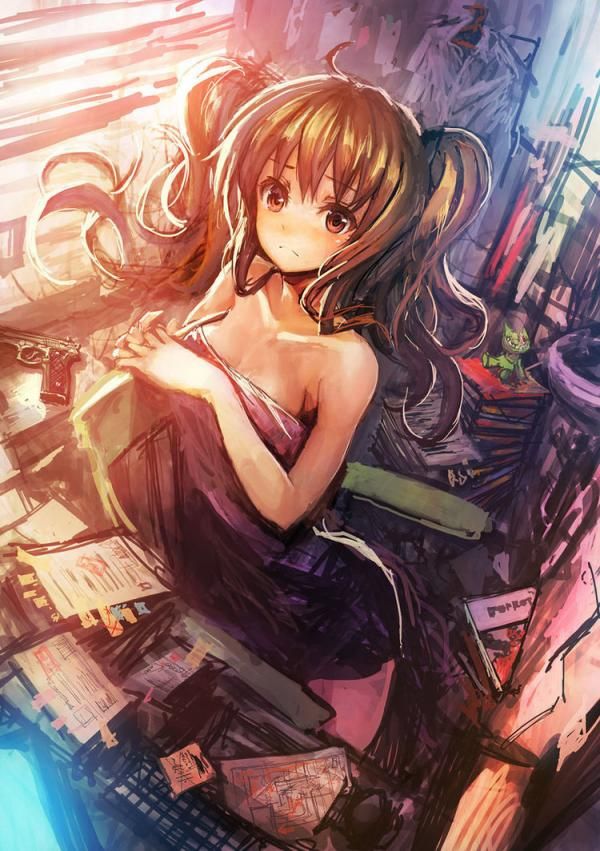
Harmony Between Macro and Micro: Pay attention to the interplay between the larger elements and the finer details. Strive for a balance that brings a sense of realism and depth to your artwork.
Principles of Perspective in Digital Painting
Understanding the principles of perspective can greatly enhance the depth and realism of your digital paintings. Perspective distortion, for instance, can be leveraged to create the illusion of depth and distance. By manipulating lines and angles, objects can appear to recede into the distance or extend out towards the viewer. This adds a dynamic, three-dimensional feel to your work.
Vanishing points are another important aspect of perspective. They can be used to anchor your composition and create a sense of symmetry. Vanishing points are the points where parallel lines appear to converge. They guide the viewer's eye and lend a structural integrity to your digital painting.
How to Achieve Depth and Volume
Throughout the process of digital painting, one of the key elements to consider is the effective use of depth and volume, which can transform a flat image into a visually compelling piece of art.
Perspective Control: Manipulating perspective allows us to create a sense of depth and volume. By adjusting the scale and positioning of elements, we can make them appear closer or further away, thus creating a 3D illusion on a 2D canvas.
Focal Points: By strategically placing focal points within your composition, you can guide the viewer's eye and control the depth perception.
Shading and Lighting: Shadows and highlights add volume to your subjects, making them appear more lifelike. By mastering the interplay of light and dark, you can create a sense of three-dimensionality.
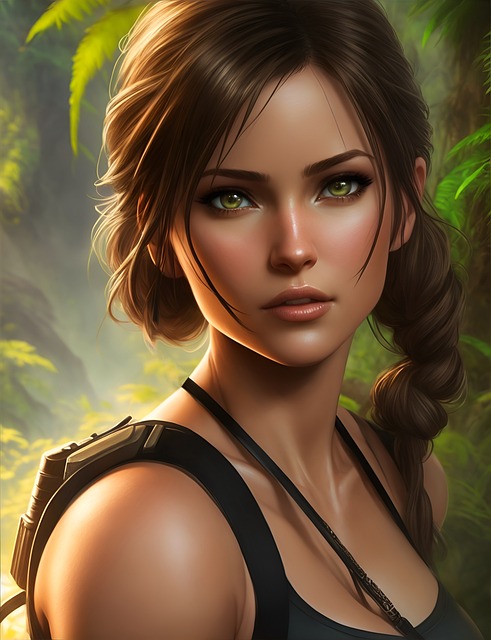
In the realm of digital painting, the accurate representation of human figures is an essential skill that can truly bring your art to life.
This involves a comprehensive understanding of human anatomy, the correct application of skin tones, and the ability to digitally capture expressions.
Let us explore these three critical aspects and examine how they can enhance the realism of your digital artwork.
Anatomical Accuracy Importance
Achieving a high level of anatomical accuracy is crucial for artists aiming to create realistic digital representations of human figures. Anatomy variation influences the authenticity of the portrayal, highlighting the importance of studying different body types. Skeletal structure significance cannot be overstated as it forms the basis of human form.
Study Variations: Different bodies have variations in shape, size and proportion. Understanding these variations and incorporating them in your art brings out the realism.
Understand Skeletal Structure: The skeletal structure provides the framework for the human figure. A sound knowledge of the skeletal system helps in creating accurate and realistic figures.
Practice Regularly: Consistent practice helps in improving your understanding of human anatomy and enhancing your skills in creating realistic digital art.

Realistic Skin Tones
Mastering the art of rendering realistic skin tones necessitates a careful study of color theory and, equally important, an understanding of the effects of light on different skin types. Recognizing skin pigmentation variations is key in creating a realistic representation.
Skin tones are not monochromatic; they consist of varying shades and hues. This complexity is compounded when reflecting cultural diversity representation, where a broader palette is required. Be bold in exploring different color combinations, remembering that undertones can drastically alter the perception of skin color.
Observe how light interacts with skin, creating shadows and highlights that bring depth and dimension. Ultimately, achieving realism in digital painting requires a meticulous study of life itself.
Capturing Expressions Digitally
Delving into the realm of human expressions, an essential aspect for achieving realism lies within the ability to effectively capture the nuance and subtlety inherent in the human face. Digital emotions, an innovative concept, helps bring authenticity to virtual canvases.
To master this, consider these three key factors:
Observation: Study your subject's facial expressions in different scenarios. This will help you understand the subtle shifts in their facial muscles, a key to expression dynamics.
Practice: Constantly sketch digitally, focusing on different expressions. This will not only improve your precision but also your speed.

Detailing: Pay attention to the smallest details. Every wrinkle, dimple or freckle can add depth to your digital painting, enhancing its realism.
With these insights, you can bring life to your digital canvas.
To bring about maximum effect in digital painting, it is crucial to fully utilize the range of digital tools at your disposal. This process begins with careful digital tool customization and software selection.
The key is to tailor the settings of your chosen software to your specific needs, enhancing your workflow and artistic output. Experiment with brushes, textures, and effects to find combinations that best serve your vision.
Choosing the right software is equally important as it sets the framework for your artworks. Seek out platforms that offer a diverse range of tools and capabilities, while also providing room for customization.
Overcoming Common Challenges in Digital Realism
Despite the numerous advancements in digital art tools, artists often face at least three common challenges in achieving realism, and understanding these hurdles is the first step towards overcoming them.
Handling Digital Tools: Mastering the use of digital tools is the initial challenge. The myriad of options can overwhelm artists, hampering their ability to create realistic art.
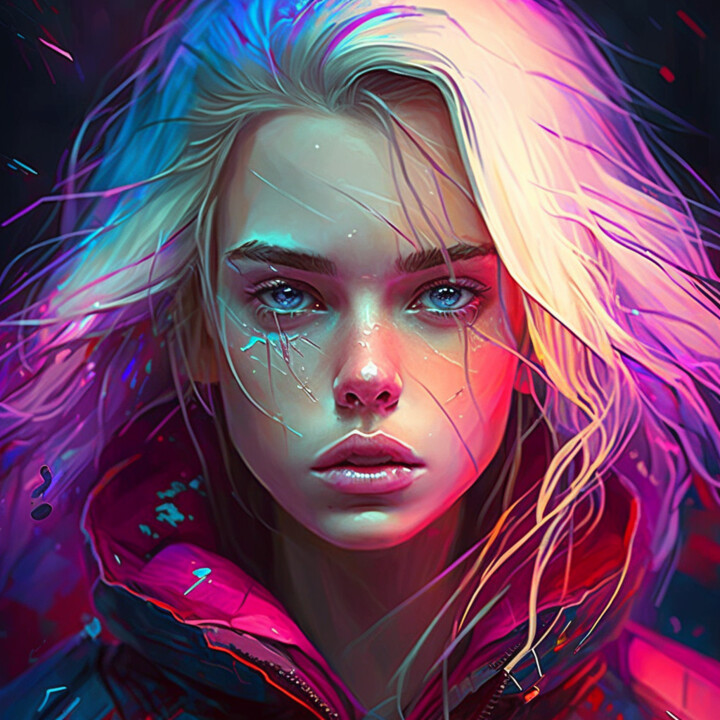
Texture and Detailing: Capturing the intricacies of texture and detail in digital art is a tough task. It's the subtle details that bring life to canvas.
Lighting and Shading: Achieving the right balance of light and shadow to mimic reality can be tricky.
These Digital Realism Challenges may seem daunting initially. However, with practice, patience, and a deep understanding of the medium, Overcoming Artistic Frustrations is feasible, leading to the creation of stunningly realistic digital art.
Continual Learning and Improvement in Digital Artistry
In the realm of digital artistry, the journey towards mastering realism is entrenched in the principle of continual learning and constant improvement. This pursuit of progression embodies the essence of artistic evolution, where each stroke, each pixel, and each layer contributes to a digital artist's growth.
Technological advancements play a transformative role in this journey, offering new tools, techniques, and platforms that can amplify the artist's vision and skill. However, these advancements are not just tools to be used, they are also subjects to be studied.
In understanding the intricacies of these digital tools, artists can unlock new potentials in their work, crafting pieces that challenge the boundaries between the virtual and the tangible, furthering the realism of their digital creations.
Frequently Asked Questions
What Kind of Hardware and Software Do I Need to Start Digital Painting?
To start digital painting, crucial hardware includes a quality graphics tablet. Tablet selection is key, as it affects precision. As for software options, programs like Adobe Photoshop or Corel Painter are recommended.

How Long Does It Typically Take to Master the Skills Necessary for Creating Realism in Digital Painting?
The Skill Progression Timeline for mastering realism in digital painting varies significantly. It typically depends on an individual's dedication, practice, and inherent artistic ability. The Importance of Patience cannot be overstated in this journey.
Can I Make a Living as a Digital Painter?
Yes, it's possible to make a living as a digital painter. Digital art's profitability hinges on skill, creativity, and market demand. Career opportunities exist in various fields, including game design, animation, advertising, and freelance work.
What's the Difference Between Digital Painting and Traditional Painting?
Digital painting and traditional painting diverge in their tools and process. Digital Art Evolution has allowed artists to replicate traditional techniques digitally, providing limitless possibilities while traditional painting engages with physical materials and tangible results.
Are There Any Online Communities or Resources Where I Can Get Feedback on My Digital Paintings?
Yes, numerous online communities provide portfolio critiques and resource sharing for digital paintings. Websites like DeviantArt, ConceptArt.org, and ArtStation offer platforms for artists to receive feedback and share artwork, aiding in skill enhancement.
 Digital Art InstructionDIY Infographics DesignMobile Game ArtworkPersonalized Logo Design3D AnimationeBook Covers DesignPrivacy PolicyTerms And Conditions
Digital Art InstructionDIY Infographics DesignMobile Game ArtworkPersonalized Logo Design3D AnimationeBook Covers DesignPrivacy PolicyTerms And Conditions
